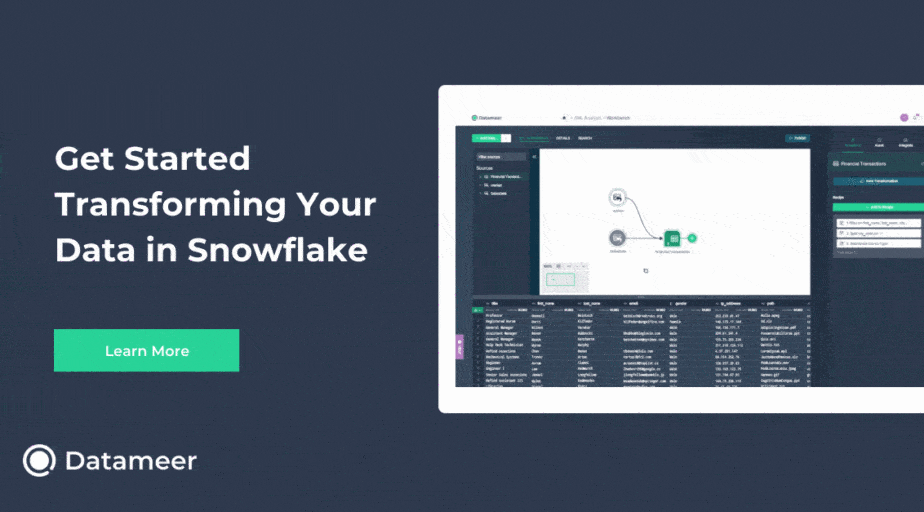Qlik Document Types
- How-Tos FAQs
- November 24, 2020

What are the different document types in Qlikview, and how are they used?
Essentially there are three different main types of documents we will use in Qlikview. Let’s look at these, what they mean and what they are used for.
QVW, QVD, and QVX – What about QVF??
At the base operational level, we have the qvw and qvd files.
QVW : Qlikview Worksheet
The working file is the file that we use to manage and develop QlikView solutions. They contain your reports/dashboard/script/data model and connection strings. These files can also be opened on the Qlikview Server (QVS).
QVD : Qlik Data File
QVD stands for Qlikview Data; however, we use these in the same manner in Qlik Sense. These files store data retrieved from the data sources. The patented Qlik technology reads data from the QVD up to 100 times faster than a standard data read. Only Qlik products can be read from these files. Using these files to create data sets for incremental loads dramatically reduces load time in Big Data solutions.
QVX : Qlik Data Exchange
QVX stands for Qlik data eXchange, and it is a custom data connector that can be written from an external stream for high-performance data input in XML format.
Is there a difference between Qlikview and Qlik Sense Document Types?
Yes, in Qlik Sense, we make use of QVF, as opposed to the QVW. It is possible to save your QVW as a QVF (If you’re migrating from Qlikview to Qlik Sense, for Example); however one should be aware of the limitations.
Limitations of using a QVF
- We can’t reuse it in QlikView unless we have a SaaS edition (Qlik Sense Enterprise) which provides an export facility to open them in QlikView. However, reloads are not possible in Qlikview with these exports.
- QVF is not available for Distribution on the QV server.
- Qlikview Macros can’t be used
- QlikView input fields are not supported.
QVF support in QlikView
As we mentioned, QlikView documents can be saved as QVF files, and you can export QlikView QVF files from SaaS editions of Qlik Sense to open them in QlikView. Creating QVF files or modifying QVD’s to be saved as QVF from Qlikview desktop is supported.
Only SaaS QlikView Enterprise Versions can export files compatible with QlikView.
Up Next: Learn Qlik Set Analysis – Using “OR” operator and “Does not equal”
